Want to know everything there is to know about wine? Find out below in our ultimate glossary of wine terminology!
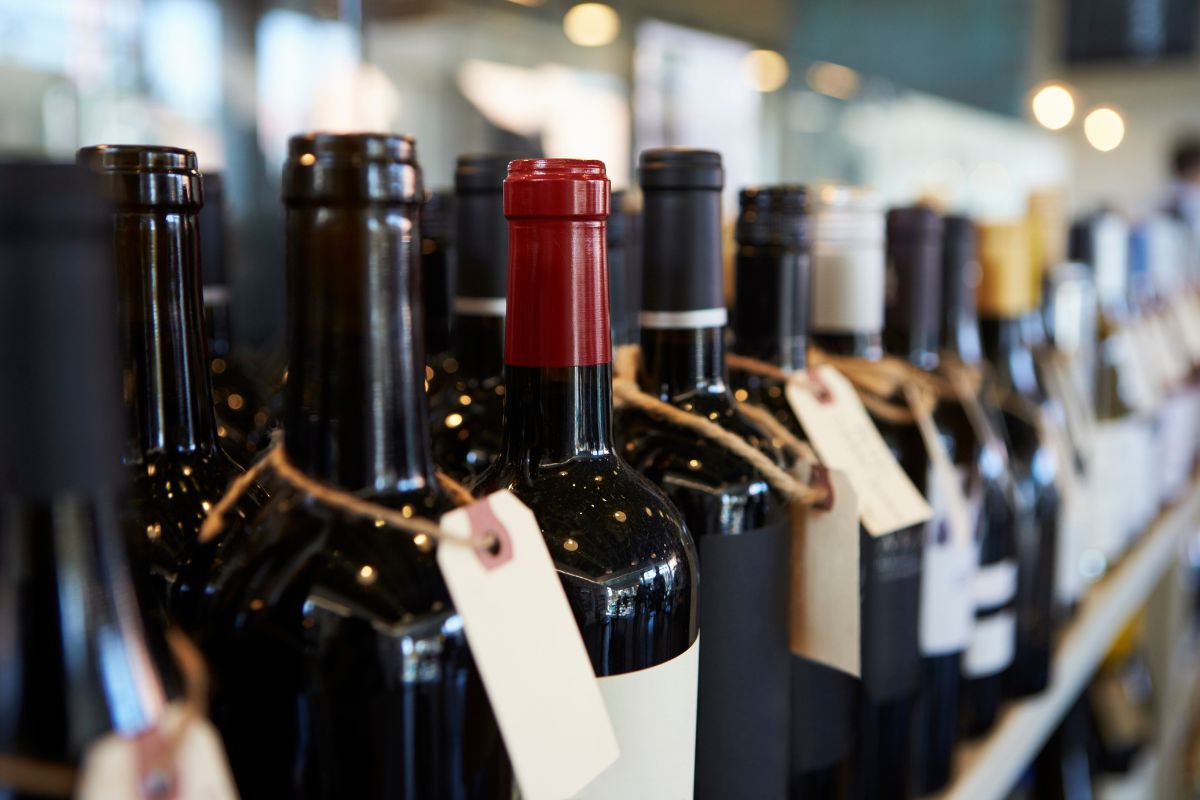
A
Acidity
The acidic levels of a wine that show as crisp, sharp, and lively.
Aeration
Oxygen is deliberately added to the wine to soften and round it out. Depending on the age of the wine aeration times differ. Young wines need to be aired longer than older wines due to harsher tannins in young wines.
Aging
The process of storing wine in tanks, bottles, or barrels to better develop the flavors before it is ready to drink.
Agraffe
Wire cage to hold the cork in champagne bottles in place as well as for sparkling wines.
Alcohol
The final product from the process of fermentation, otherwise known as ethanol. Alcohol (ethanol) solubilizes a number of aroma compounds and enhances flavor and aroma. In wine it works similar to salt in food.
Alsace
A French wine region in the east of France on the border to Germany. Alsace is known for its fine, hearty kitchen as well as for its Pinot Noir, Gewürztraminer and Pinot Gris wines.
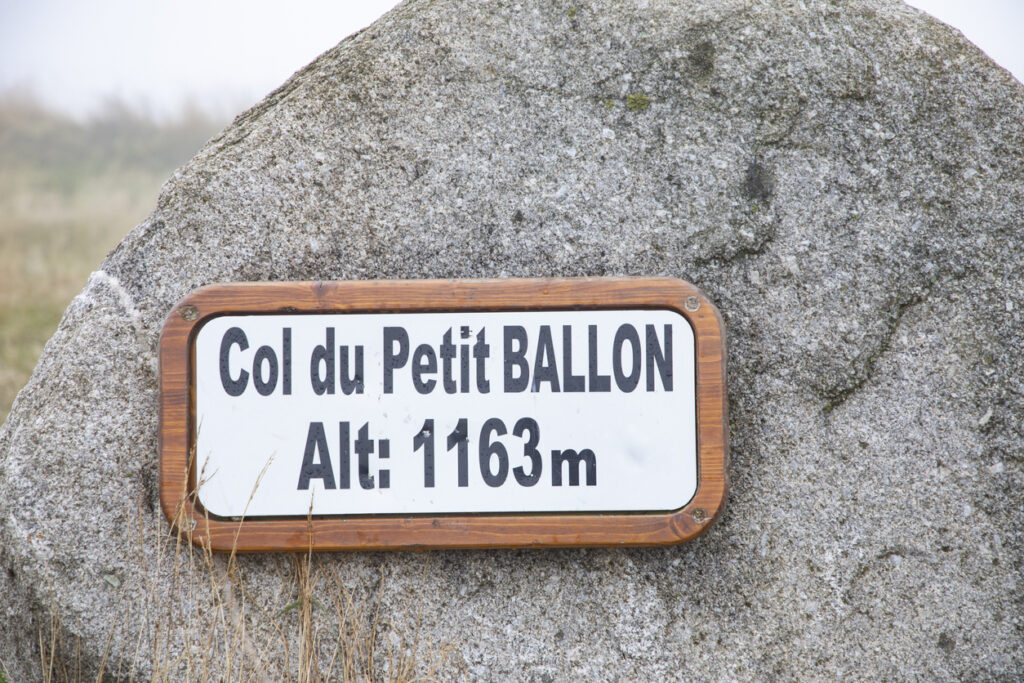
Aperitif
A wine that can be enjoyed before a main meal on its own. Aperitif drinks can be sweet wines like sherry or dry versions of it as well as sparkling wines, white wines, rose wines or cocktails.
Aroma
The smell given off by a young wine.
Aroma wheel
The aroma wheel is used to describe wines and their aroma. It differs between primary, secondary and tertiary aroma. You can find out which primary aroma are connected to certain secondary or tertiary aroma and flavors.
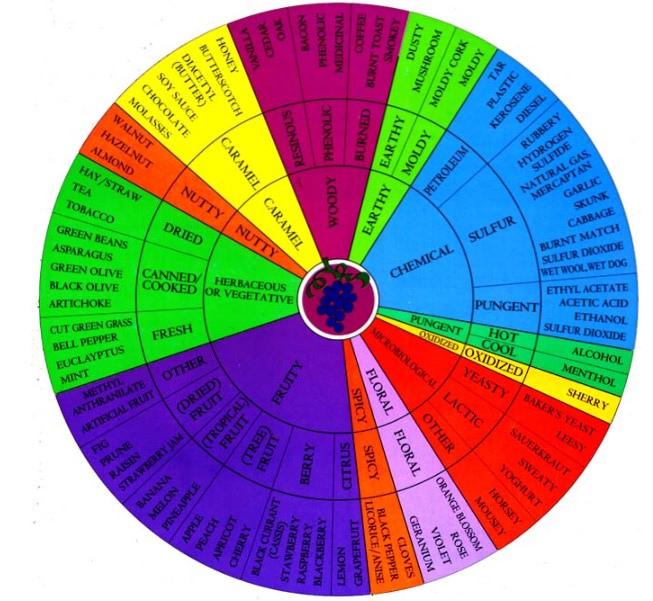
B
Balance
Describes all elements of a wine and how they relate to each other, such as tannins, acidity, oak, fruity, or other tasting notes.
Barrel
A container generally made from oak where wine is kept while it ages and ferments.
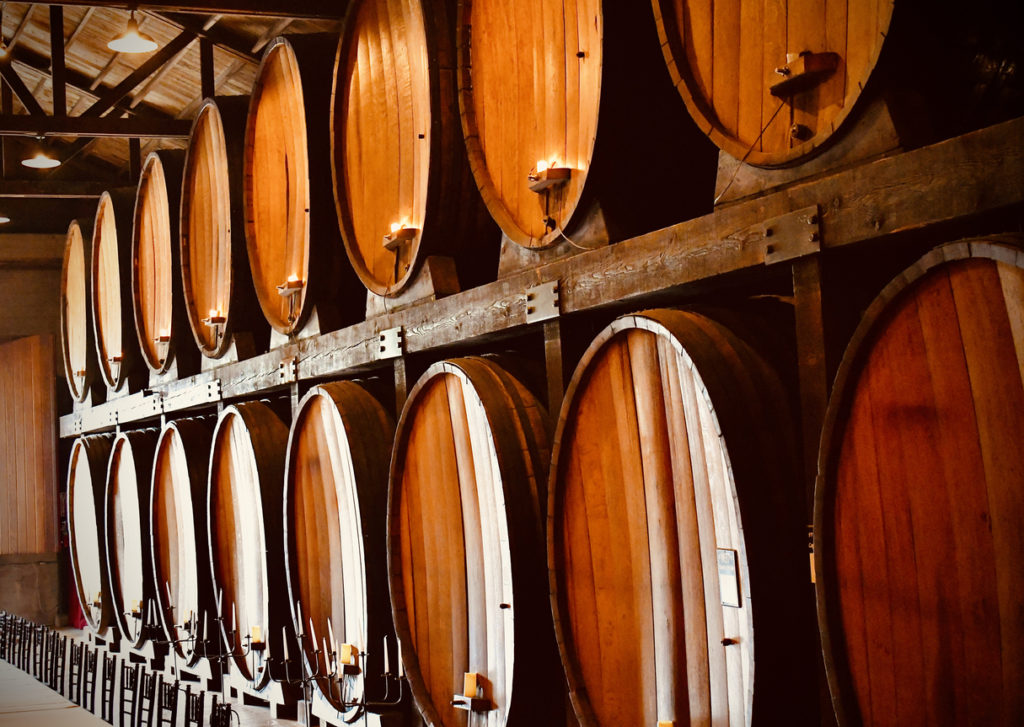
Barbaresco
The Barbaresco red wines are from the province Langhe in the Piedmont region in Italy. Barbaresco wines are exclusively made from the Nebbiolo grape. Barbaresco wines are perceived as the little brother ot the Barolo red wines.
Barolo
A Nebbiolo grape based red wine from the Piedmont region. Barolo is a DOCG therefore the amount of wine which can be produced is very limited. The grapes are harvested very late in the year. The wines are very rich in tannins and need to be stored longer than other red wines before they can be consumed. Barolo red wine is considered to be the Italina Bordeaux wine.
Beaujolais
A wine region known for the young red wine known under the same name. Beaujolais is crafted using Gamay grapes which is typically flavorful and juicy. Nowadays the Beaujolais region is moving away from cheap young wine towards fine wine.
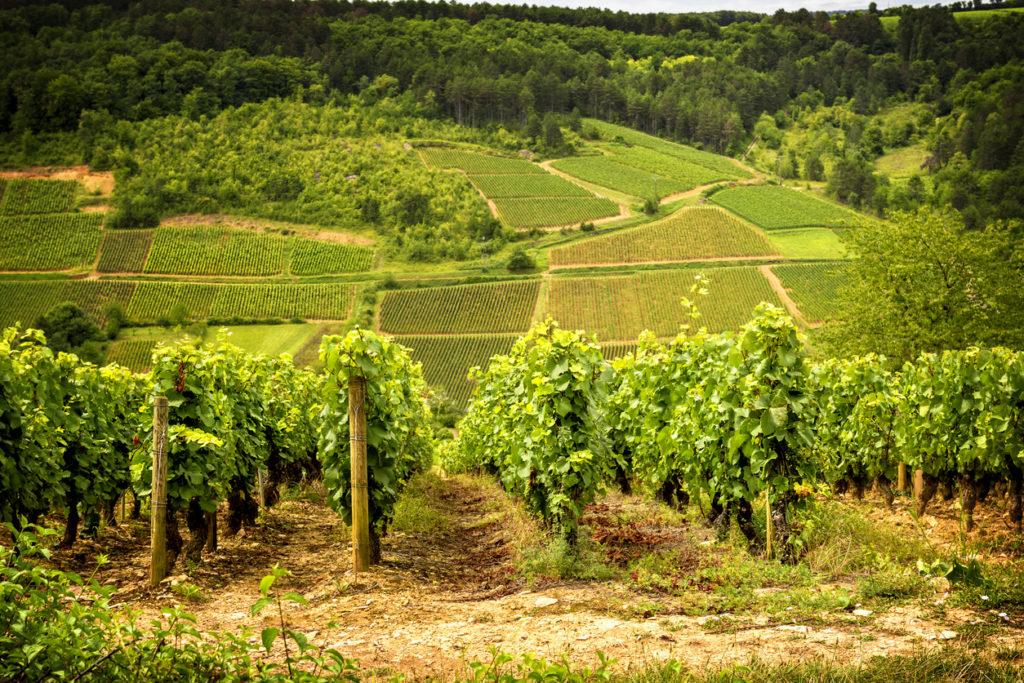
Beaune
It`s the capital of Burgundy. Numerous wine makers and wine shops are located in Beaune as well as the famous Hospice de Beaune where annual auctions for Burgundy wines are organized. The wines produced are high quality wine which can be considered as fine wine.
Bianco, Branco, Blanco, Blanc
Italian, Portuguese, Spanish, and French terms used to describe white grapes or white wine.
Blend
Used to describe a wine that has been crafted using more than a single grape varietal. Another term for a blend is cuvee. Well known blended wines are the classic Bordeaux blend as well as sparkling wine like Champagne.
Blind Tasting
A wine tasting where the taster doesn’t know the details of the wine.
Body
Used to describe the feel and weight of the wine in your mouth.
Bordeaux
One of the largest wine regions in France. Also the name of a red wine produced in the same region. The classic Bordeaux wines are a blend of cabernet sauvignon, merlot, pinot meunier or cabernet franc.
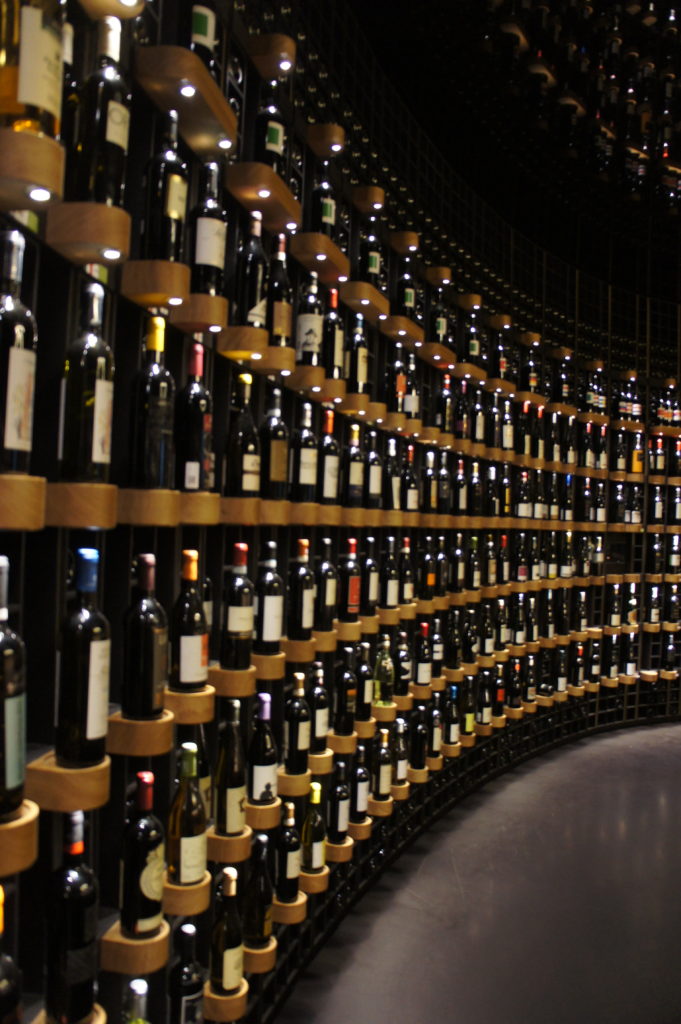
Bordeaux wines
Wines from the Bordeaux region are named after the region they grow in followed by the location. Bordeaux wines are St. Emillion, Graves, Medoc, Haut-Medoc, Cotes de Bordeaux. Well known locations are the towns of Margaux-Cantenac, St. Emillion, Blaye, Pauillac
Bouquet
The full aromas of the wine in question.
Breathing
Allowing a wine to breathe introduces oxygen to the liquid which works to improve the texture and perfume of the wine.
Brix
Used to measure the amount of sugar added to unfermented grapes.
Brut
French term for dry sparkling wines and champagne, pronounced “brute”.
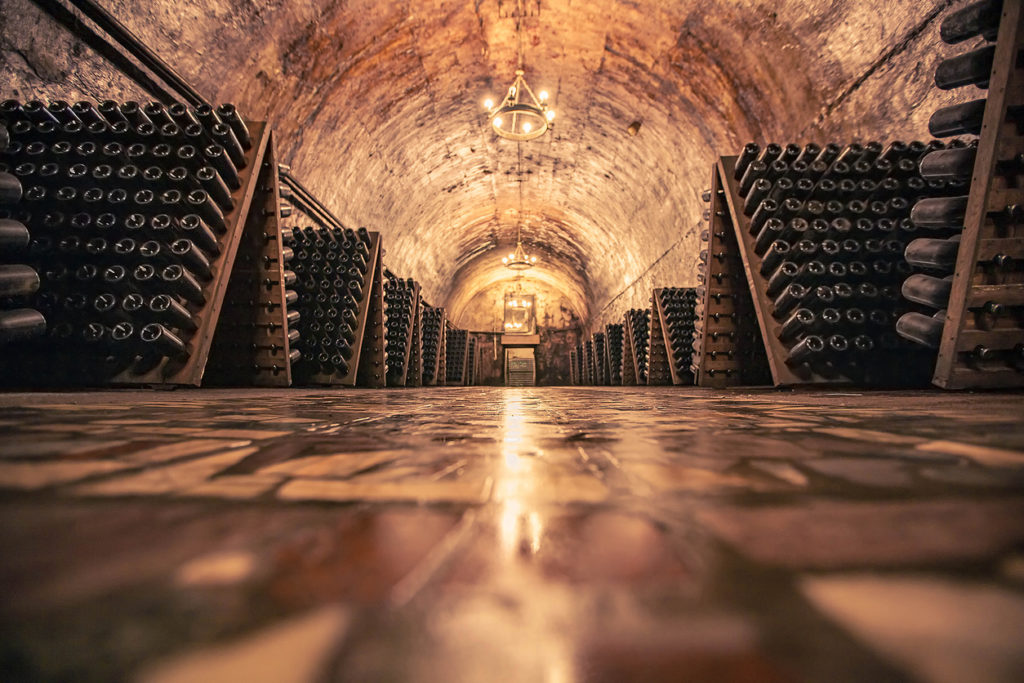
Burgundy
A French wine region where red wine is typically produced. Most red wines produced in Burgundy are Pinot Noir wines whereas white wines are mostly Chardonnay based. Currently the most expensive wines in France come from Burgundy.
C
Cabernet Franc
A common red grape in the Bordeaux region. It`s used in the classic Bordeaux blends together with Cabernet Sauvignon and Merlot.
Cabernet Sauvignon
One of the most popular red grapes used for Bordeaux wines. Cabernet sauvignon is the most popular grape varietal with a global surface larger than 800000 acres
Cava
It`s a spanish sparkling wine. Cava contains less carbon dioxide than prosecco, cremant or champagne. This spanish sparkling wine is available from very dry to sweet. Cava is produced by the Champagne method.

Chablis
A wine region south of the Champagne. In the Chablis region only white wines are produced which are dry wines based on Chardonnay grapes. The Chablis region is known for a number Grand Crus.
Champagne
French sparkling wine that has to be made in the Champagne wine region of France. Champagne is only available as white or rose sparkling wine. Grapes which are used for Champagne are mainly Chardonnay, Pinot Noir and Pinot Meunier grapes.
Champagne Method
It describes the method how champagne is produced. Wines are assembled and submitted to a secondary fermentation. The sparkling wine is stored over dead lies to get a characteristic aroma. In the end the dead lees are removed by a process called degorgement. The missing liquid is replaced by original wine or by a mix of wine and sugar.

Chardonnay
One of the most popular white grapes planted around the globe, used to make Chardonnay wine.
Charmat Method
The tank or Charmat method is used to produce sparkling wines. It is a more economic method to produce sparkling wines compared to the classic Champagne method. In the Charmat method fermentation, storage over lies, filtration and bottling are done in an isobaric system.
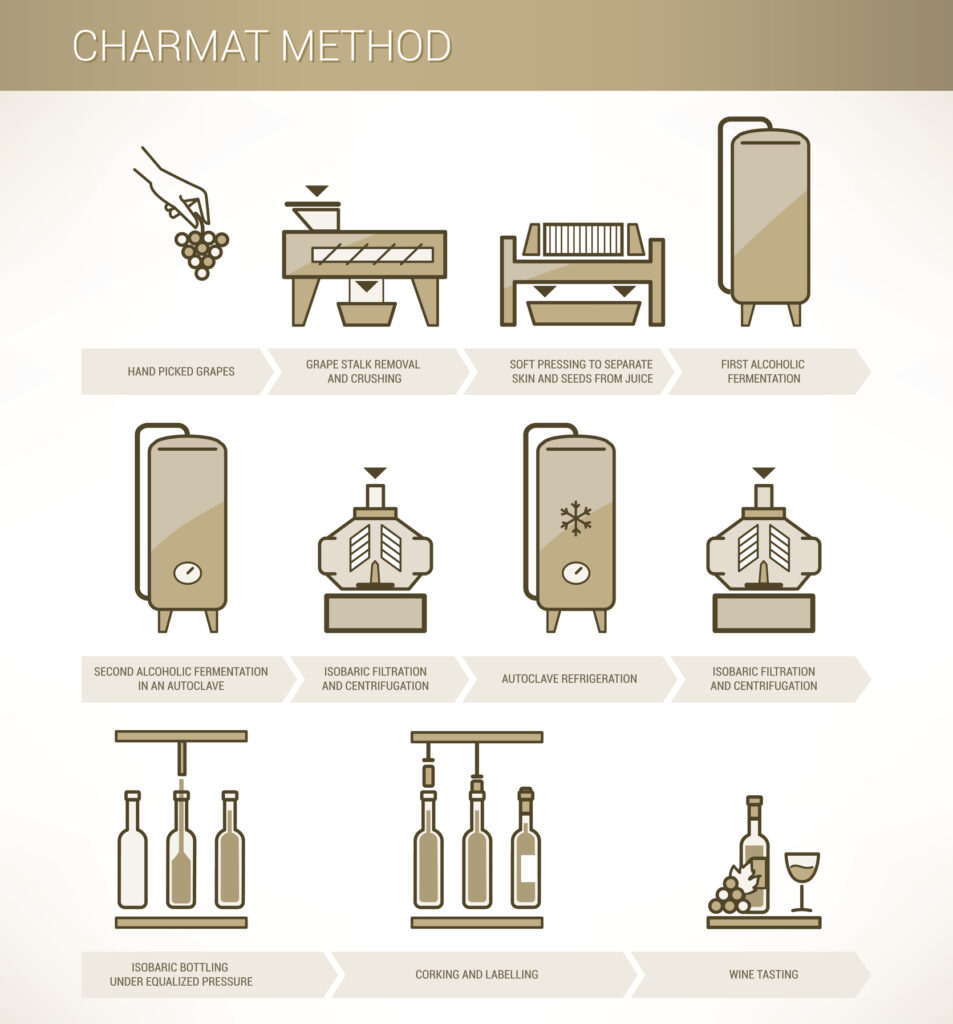
Chenin Blanc
A common white grape grown in the Loire Valley of France.
Chianti
A Tuscan red wine crafted using Sangiovese grapes.
Cork
Stopper for wine and sparkling wine bottles. The cork is made out of the cork tree which mainly grows in the Mediterranean. Corks made from food grade plastic are becoming more coming for low priced wines. The protects the wine and allows only a very limited amount of oxygen into the wine bottle.
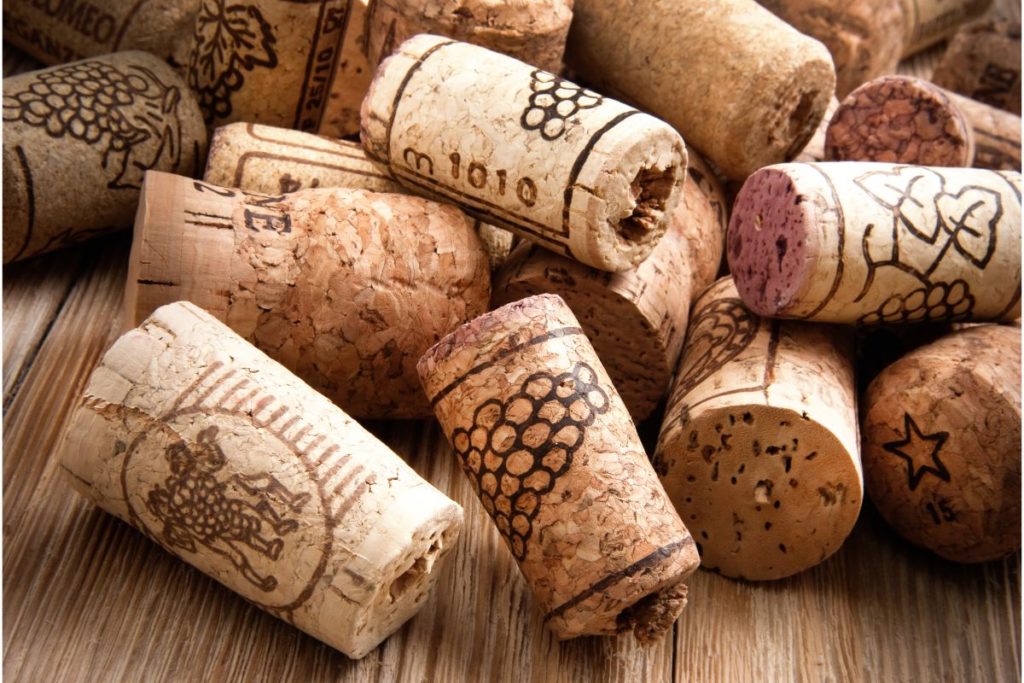
Claret
English term used to describe red wines originating from the Bordeaux region.
Cooler
Term to describe a wine refrigerator to store wine or to bring it to the right serving temperature.
Corked
A wine that has gone bad. The characteristic smell is caused by TCA (trichloroanisol) which blocks olfactory receptors which are responsible to detect fruity notes. Therefore earthy, cork like notes dominate. TCA can be formed during fermentation out of chlorinated pesticides which were used in the 1980s.
Cremant
A French word for sparkling wine. Cremant sparkling wine is produced in most white wine regions in France outside the Champagne.
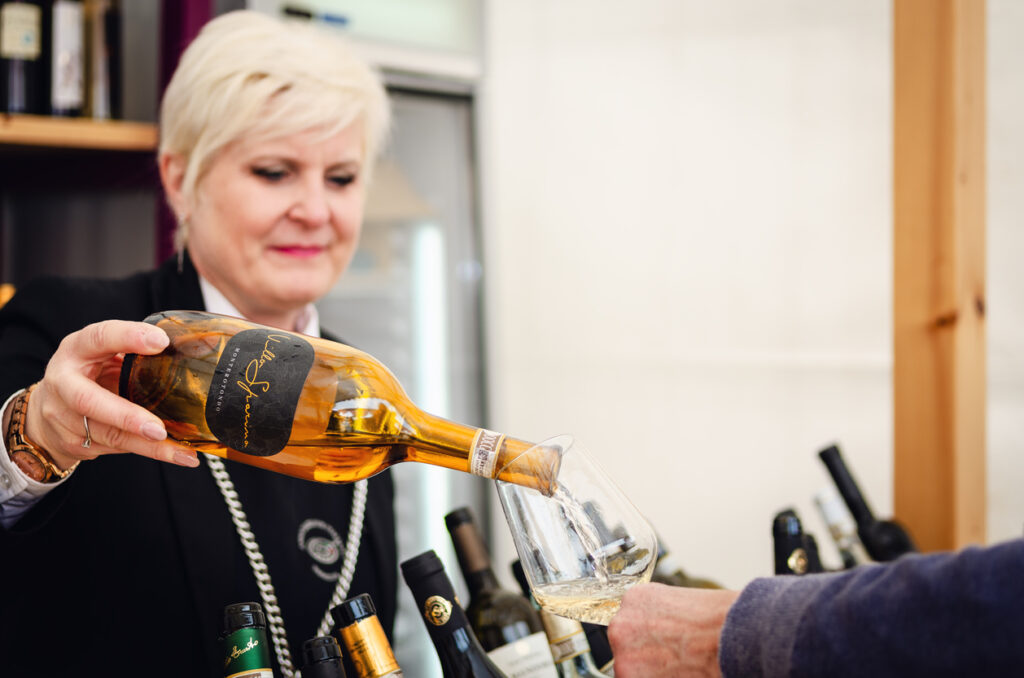
D
Demi-Sec
A sweeter sparkling wine that is half dry.
Dessert Wine
A sweeter wine, often served with the last course of the meal. Dessert wines can be port, marsala, sweet sherry.
Dry
Wine that contains a maximum of 0.2% unfermented sugar.
E
Endnote
The finishing notes of a wine.
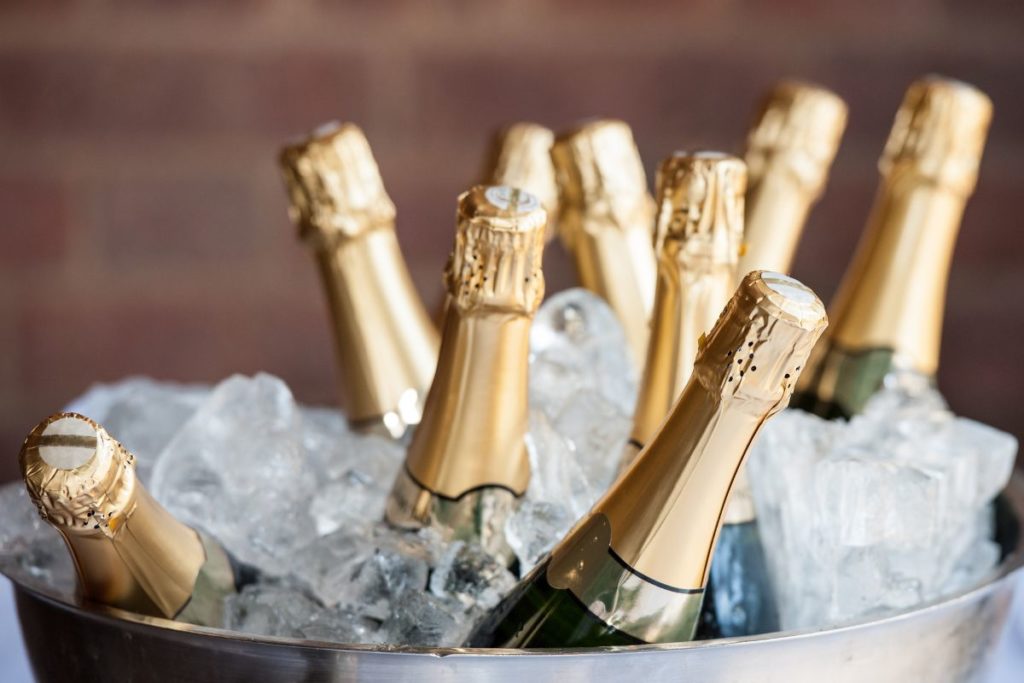
Extra Brut
A sparkling wine that is very dry, typically champagne.
Extra Dry
Sweeter than a brut sparkling wine.
F
Fermentation
The process that converts the sugar from grapes into alcohol using yeast. In the production of wine it is differentiated between primary and secondary fermentation.
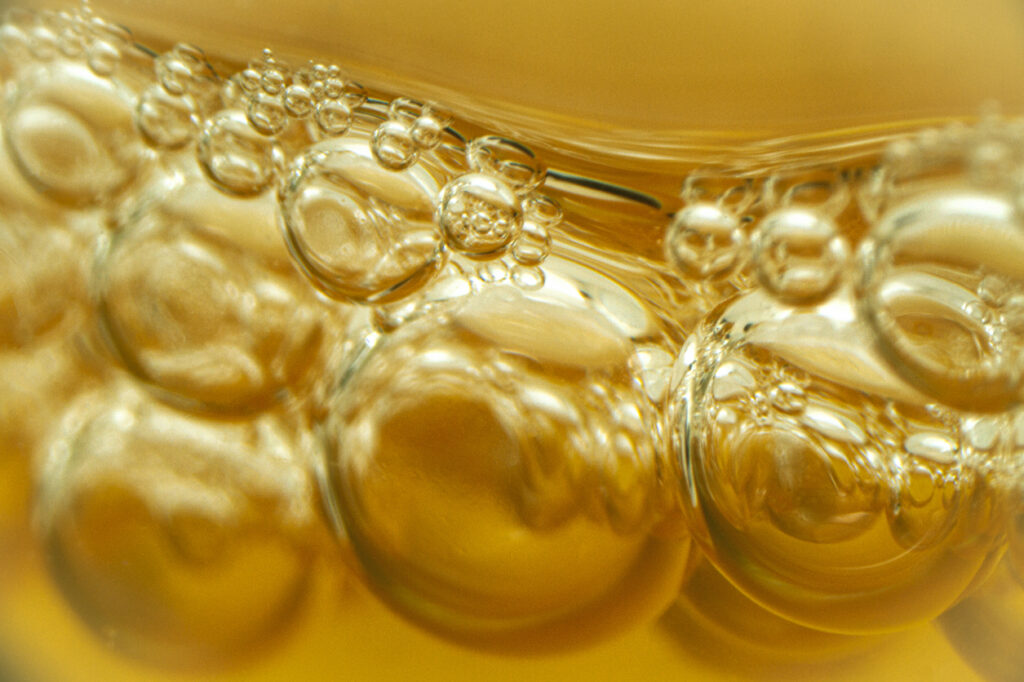
Fortified Wine
A wine that has had other spirits such as brandy added to it. Normally this is a sweet fortified wine as the addition of spirit stops the primary fermentation and leaves more residual sugar.
Full Bodied
Wine that has lots of flavors and is high in alcohol. This term describes how the wine feels in your mouth. Factors which influence this are a high alcohol or tannin.
G
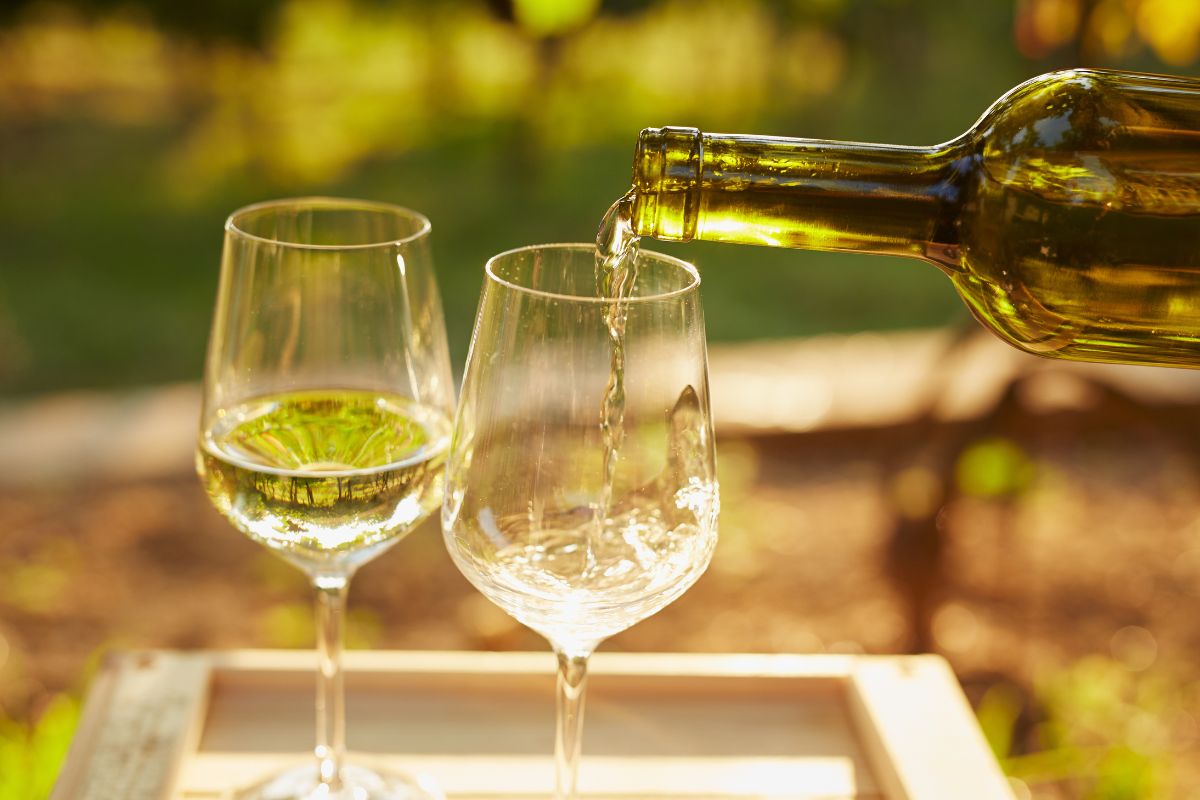
Gamay
A popular red grape in the Beaujolais region. It is used to produce wine with growing popularity.
Gewürztraminer
A popular white grape that is spicy and sweet. The main region in Europe where this grape is grown is Alsace, France.
Gran Reserva
Spanish term for a wine that has been aged in bottles or wood for at least 5 years.
Graves
One of the Bordeaux wine regions located south of Bordeaux. The Graves wines differ from the classic Bordeaux wines as they have flavors of red and dark berries.
Grenache
A popular red grape grown in Spain and France.
Grüner Veltliner
A popular white grape grown in Austria. It yields fruity, dry, tart white wines.
H
Herbaceous
Smells of fragrant herbs.

Horizontal Wine Tasting
A wine tasting where wines from the same vintage from different winemakers or terroirs are enjoyed.
I
Ice Wine
A type of wine that is made using frozen grapes. The grapes are very ripe and are affected by noble rot. They remain on the grapevine until the temperature reaches -7°C. Ice wine is normally a sweet wine.
J
Jug Wine
Relatively inexpensive table wine.
K
Kabinett
An Austrian and German wine designation.
L
Labrusca
A native grape to North America.
Legs
Describes how well a wine sticks to the sides of a glass after swirling or drinking.
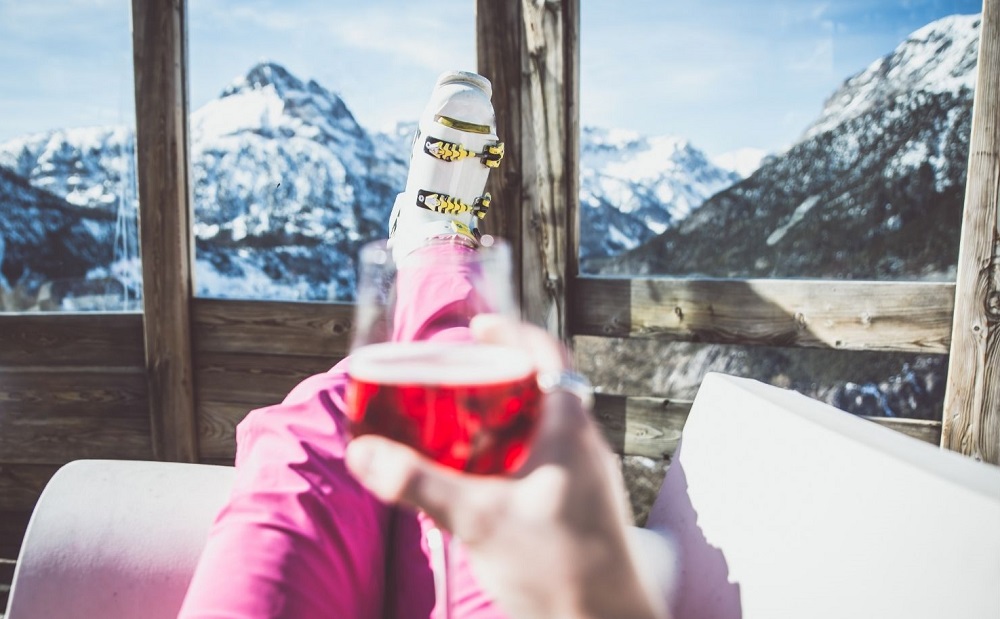
M
Maceration
A process used to ferment grape skins and grape juice. This process is responsible for the intensity of the colour of the wine as well as the tannin content. The colour is extracted from the grape skins and the tannins from the grape seeds and grape skins.
Madeira
A fortified wine made on the island of the same name. A special characteristic of this sweet wine is that it`s heated during the production for its ageing.
Magnum
A Magnum bottle is a wine bottle containing 1.5 l of wine.
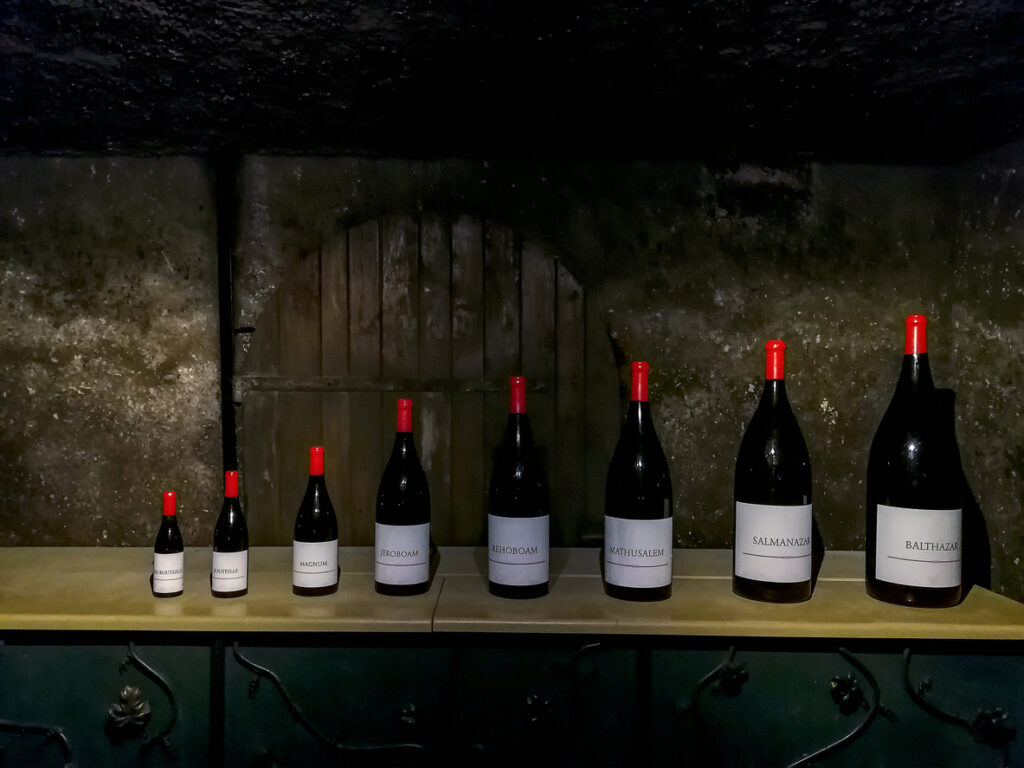
Malolactic fermentation
During this fermentation process malic acid is converted into lactic acid. This malolactic fermentation impacts the flavor of the wine as it turns the tart acidic malic acid into buttery, round tasting lactic acid.
Marsala
A fortified wine from Sicily, Italy. This sweet wine can be found in different levels of ageing from Fine(youngest), Superior, Superior Reserve to Virgin or Solera (+5 years). They`re often served as dessert wines.
Merlot
A red wine grape which is used to make fruity dry red wines in Europe or fruity sweet red wines in North America. It is used in the classic bordeaux or super tuscan blends. Recent DNA analysis showed a direct relation of merlot and cabernet sauvignon, cabernet franc as well as sauvignon blanc.
Mouth-Feel
The feel of the wine on the mouth palate.
Must
The leftover stems, seeds, and skins from the winemaking process.
N
Napa valley
A wine region in California which is a well known wine area. It`s famous for its cabernet sauvignon, merlot and chardonnay wines. The Napa Valley is also home of the most famous wineries in the USA.
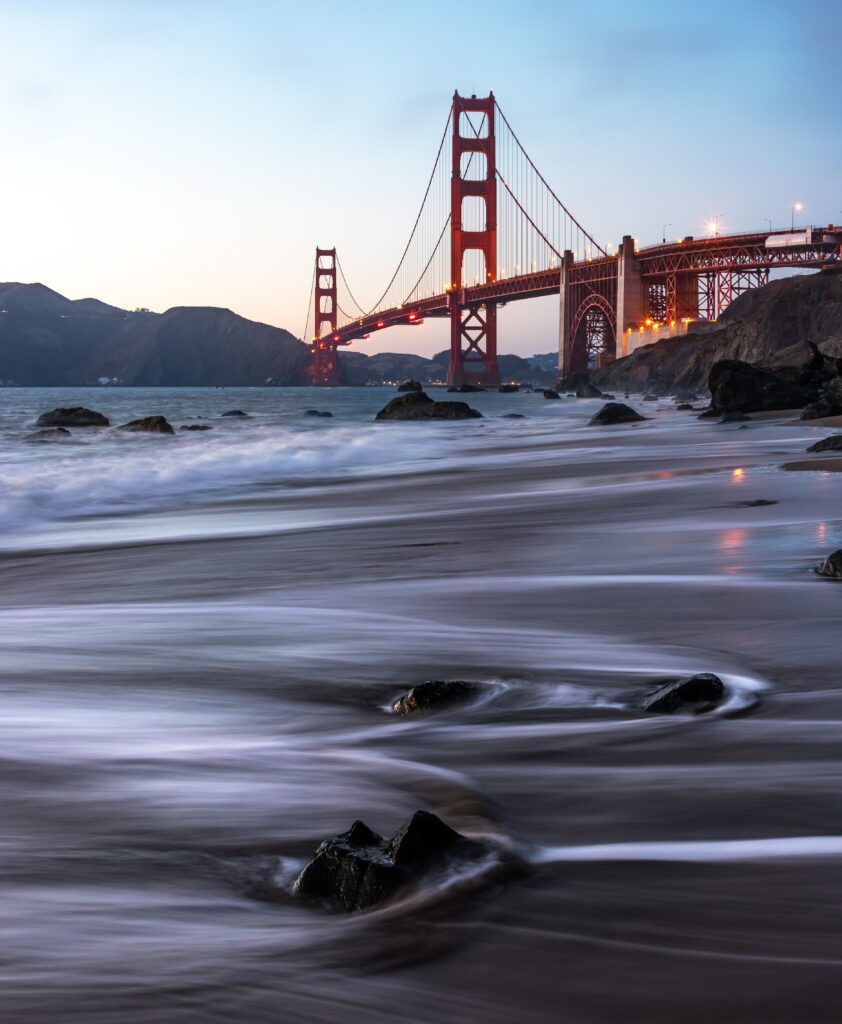
Natural wine
It`s wine which is produced without any artificial additives or processes. Production of natural wine starts in the vineyard where only natural reagents against pests can be used. The unfermented grape juice is left with the grape skins and seeds to start the mash fermentation. One of the famos products is the family of orange wines.
Nebbiolo
An Italian red wine grape. The Nebbiolo grape is extremely demanding regarding its growing conditions. It requires limestone soils which are rich in marl which need to face south. This is the main reason why this grape can only be found in italy. Nebbiolo wines are the wines which need to aged longest due to the very high tannin content but at the same time they can be stored for a long time. Famous Nebbiolo wines are Barolo, Barbaresco and Nebbiolo d`Alba.
Nebbiolo d`Alba
The Nebbiolo d`Alba wines are available as red wines, sparkling (spumante) rose wines and sparkling red wine (spumante). They`are all based on the Barbaresco red grape. The wines originate from the region around the city of Alba in Piedmont, Italy.
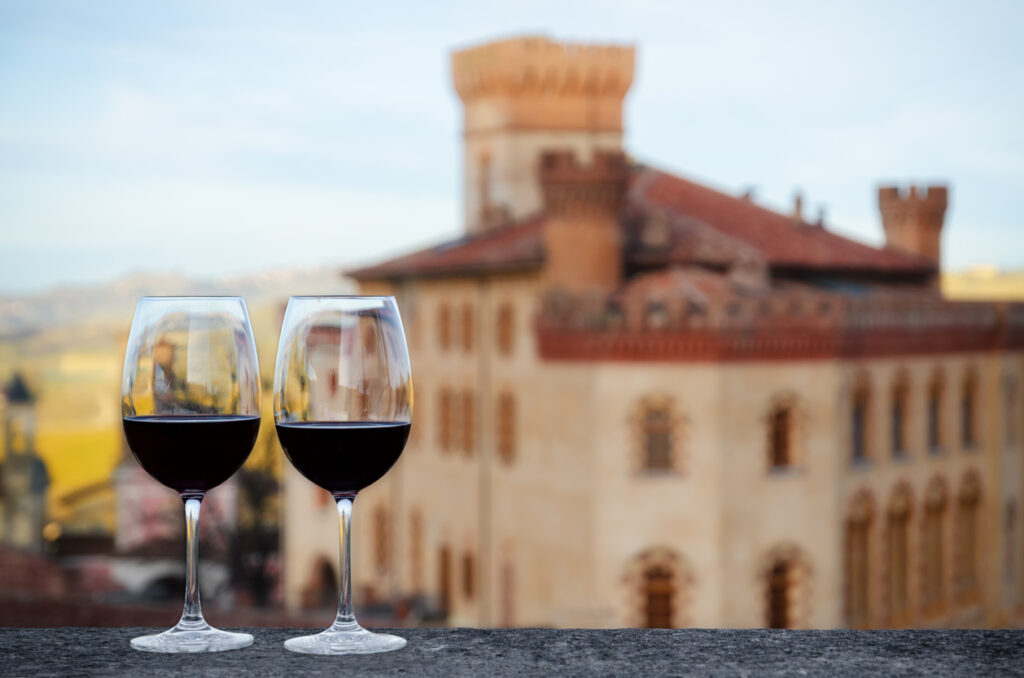
Noble rot
A form of grey fungus (Botrytis Cinerea) which affects ripe grapes under moist conditions. Grapes picked at a certain grade of infestation produce particular fine and concentrated wine. Examples are Sauternes, Tokaij, Spätlese (late harvest), Icewein
Nose
Another word for bouquet.
O
Oak
Woody flavors and aromas in wine. Oak aroma can be added to wine by storage of wine in oak vats or for low priced wines by adding bags of oak chips to the stainless steel vats in which the wine is stored.
Oak barrels
Barrels made out of oak used to store wine. Oak barrels are used for the storage of wine. Depending on the desired oak notes of the wine either new oak barrels or ones which were previously used to store red wine or white wine.
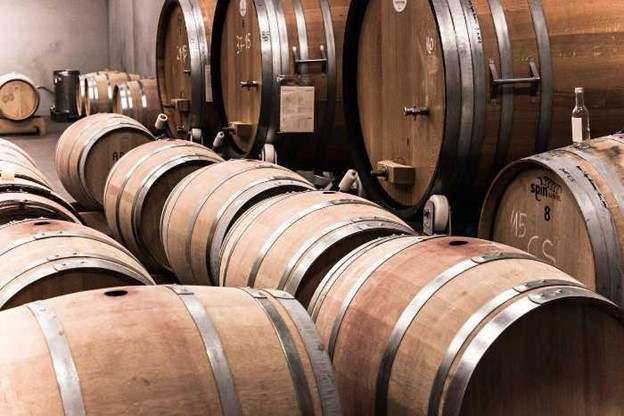
Orange Wine
It`s basically a white wine which is produced like a red wine. In the mash fermetation the grape skins and seeds are kept for a longer time with the grape juice. This way more flavors and colour is extracted. Orange wines can be turbid.
Oxidation
The process that occurs when wine is exposed to too much air. Targeted oxidation of wine is used for the manufacture of wine. Small amounts of oxygen oxidise polyphenols to form tannin like substances.
P
Pinot Blanc
A popular white grape in Germany and Alsace.
Pinot Grigio
Popular white grapes used to make wine of the same name. It`s similar to its French counterpart Pinot Gris or Grauburgunder in Germany. Pinot grigios are dry wines. They have a distinct acidity, aroma of green apples and citrus fruit. They`re consumed as young wine. This makes pinot grigio the perfect wine as an aperitif or as a light drink.
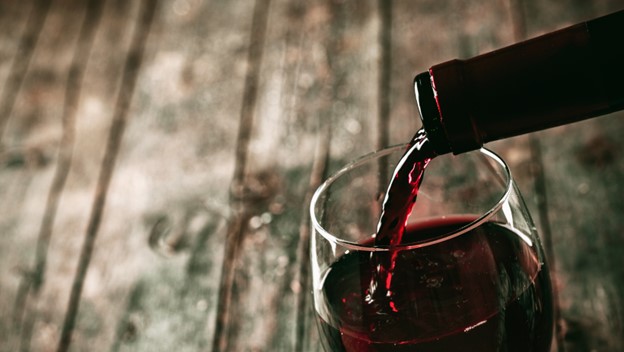
Pinot Noir
The red grape of choice for Oregon, Burgundy, and Champagne. The pinot noir grapes have very thin skins and are therefore very sensitive to pests and adverse climate conditions.
Plonk
An English term for cheap wine.
Port
A fortified wine from Porto, Portugal. It `s normally a sweet fortified wine but can be found in dry variants, too.
Pouilly-Fuissé
The dry white wines from the Pouilly-Fuissé, Burgundy, are Chardonnay based wines. They are fresh wines with floral notes. Don`t confound the Pouilly-Fuissé wines with the Pouilly-Fumé wines which are based on sauvignon blanc.
Pouilly-Fumé
It`s a wine region on the Loire river where only Sauvignon blanc grapes are grown. The name “fumé” – smoked comes from the geology of theis wine region as flint stones can be found in the ground. These dry wines pair well with spicy food and seafood.
Press
A process used to extract white grape juice.
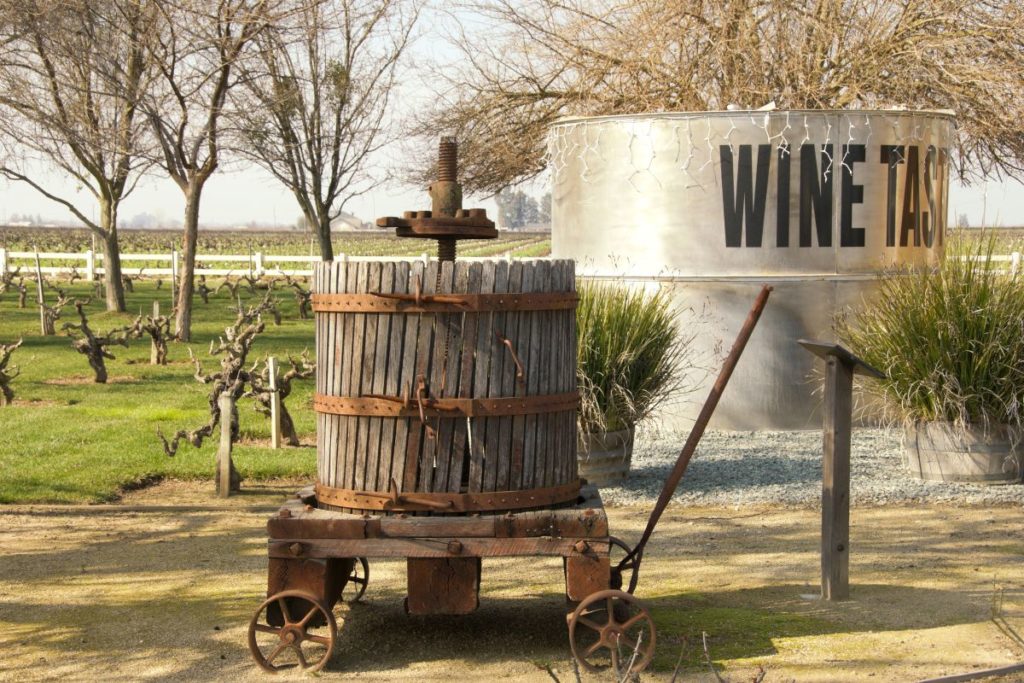
Prosecco
An Italian sparkling white wine. Prosecco sparkling wine can only be produced in the Veneto wine region. Only the Glera wine grape is permitted for the manufacture of this sparkling wine.
Q
Quaffer Wine
An easy to drink, inexpensive wine.
R
Residual sugar
These sugars remain in the wine after the alcoholic fermentation is finished. Fermentation stops once a certain alcohol content is reached or is added in the case of fortified wines. Residual sugar is responsible for the sweetness of the wine.
Riddling
Champagne bottles are rotated to shift the sediment in the bottle towards the cork.
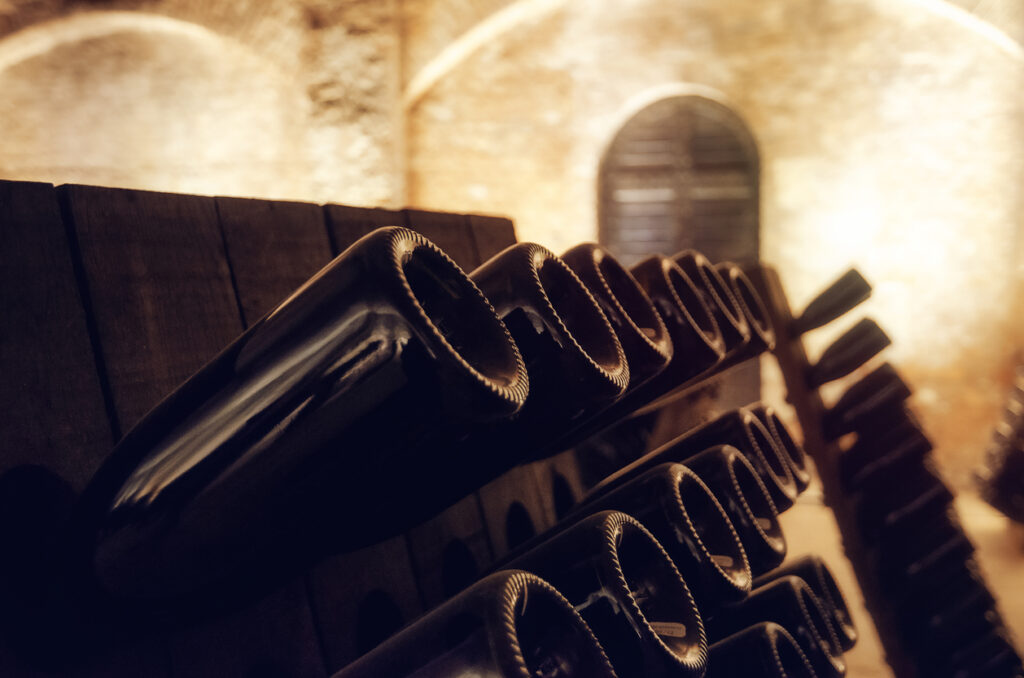
Riesling
Classic Riesling wines in Germany, New Zealand and parts of the USA are prime examples of dry white wine with a tart acidity. Sweet dessert wine is only known for Ice wines or late harvest wines.
Rioja
Spanish growing region where red wines are crafted. The Rioja red wines are produced using the tempranillo red wine grape. Rioja wines are produced in the quality levels Crianza, Reserva and Gran Reserva. The main differences are the period these wines age and how long they are sored in oak barrels.
Rosé
A pink wine or sparkling wine as well as Champagne. Rosé wines are produced using red wine grapes and separating them rapidly from the unfermented grape juice. Rosé ichampagne is made by blending white wines with red wines mostly made from pinot noir grapes.
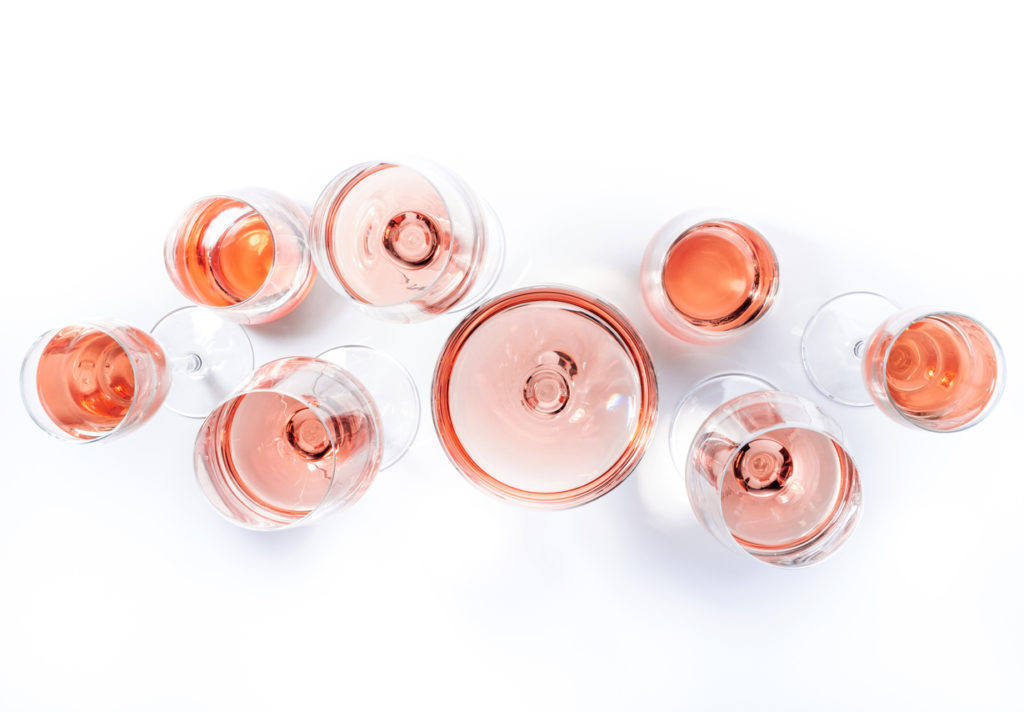
S
Sangiovese
A popular red grape that is native to Tuscany. Sangiovese is the grape varietal which is used for the production of Chianti, Chianti Classico, Brunello and Montepulciano wines.
Sangria
A Spanish cocktail made using red wine, fresh fruit, spices, and brandy.
Sauternes
A white wine from the Gironde, France. Noble rot caused by special humid conditions is responsible for the creation of this wine. Grapes which are used for Sauternes white wine are Sauvignon Blanc, Sémillon and Muscat. Sauternes wines are normally sweet wines due to a high level of residual sugar.
Sauvignon Blanc
A popular white grape providing dry and fruity wines. Depending where they are grown Sauvignon provides dry white wines in New Zealand as well Sauternes wines with a high residual sugar content.
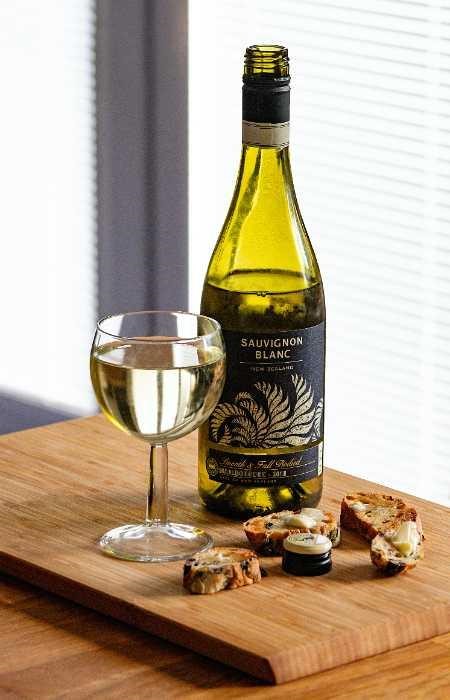
Sec
A French word for dry.
Secondary fermentation process
A fermentation process which follows the primary fermentation where sugar is converted into alcohol. Examples for secondary fermentation are malolactic fermentation or the secondary fermentation in champagne production yielding carbon dioxide.
Sherry
A Spanish fortified wine. It is a sweet wine but can be found in dry variants.
Shiraz
A red wine made using Syrah grapes.
Sommelier
A wine butler who knows a lot about wine.
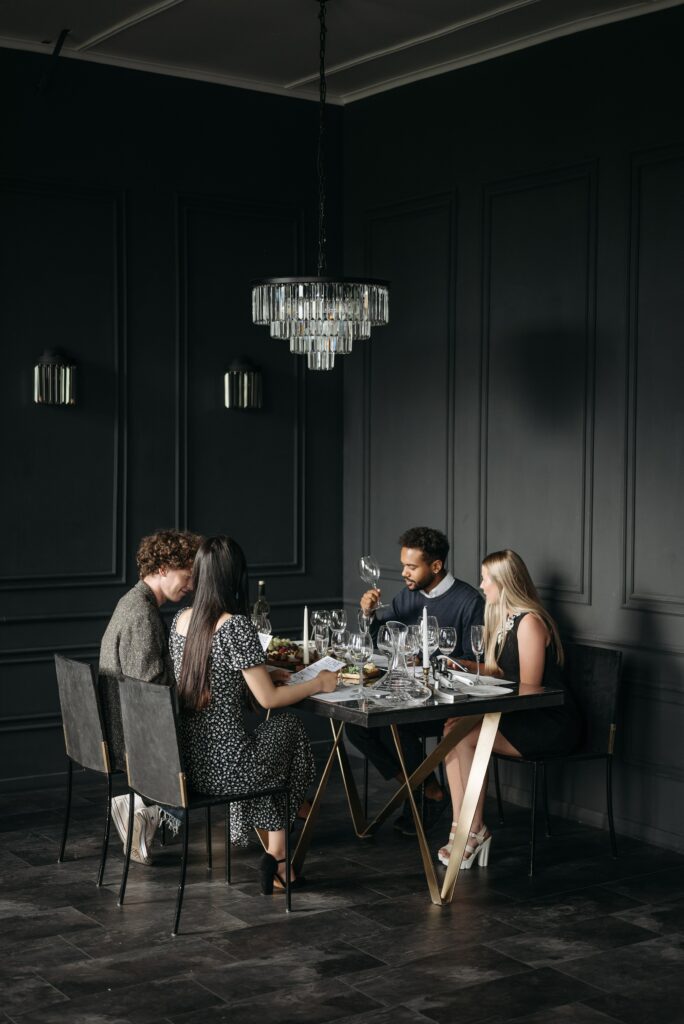
Super Tuscan
Term used to describe red wines from Tuscany that aren’t made using just sangiovese grapes. Super Tuscan wines are produced using the classic bordeaux blend grape varietals cabernet sauvignon, merlot and cabernet franc.
Sweet wine
Reds and whites can be sweet wines. They contain a higher level of sugar. Sometimes the sweetness is hidden by a strong acidity. Sweet white wines are Sauternes, Ice wine, Marsala or Tokaij. Reds can be sweet wines, too. These are mostly Ports and some California cabernet sauvignon wines.
Syrah
A red grape that is popularly grown in Australia and France.
T
Tannins
The bitter compounds in a wine that give a puckered, dry feeling to the mouth. Tannins are in the grape skins as well as the grape seeds. The length of fermentation of the grape juice with the skins and seeds determines the amount of tannins in the wine.
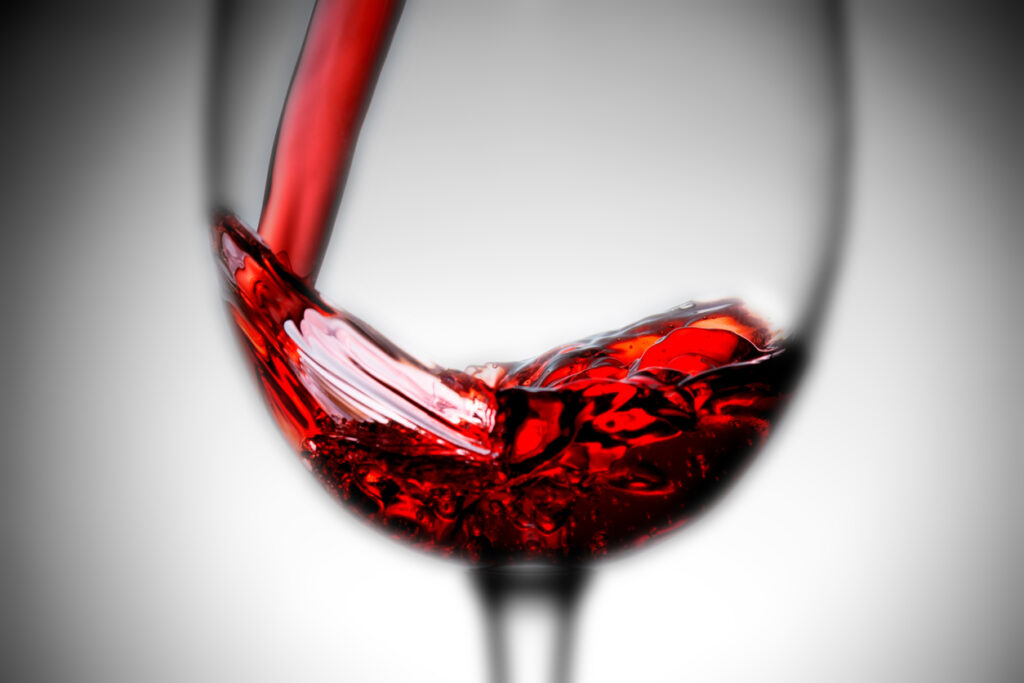
Terroir
French term describing the growing conditions or combination of climate, soil and grape of a vineyard.
Tokaij
A sweet wine which is very concentrated. It originates from the region of Tokaij north of Budapest. Tokaij is manufactured from local white grape varietals which are affected by noble rot in the ripening process.
U
Ullage
The air space in barrels and bottles left once the wine has evaporated.
V
Vanilla Aroma
Notes of vanilla are very common for red and white wines which were stored in oak vats. In most cases the vanilla aroma is extracted from the oak into the wine.
Varietal
A type of wine crafted using a single grape, usually of the same name.
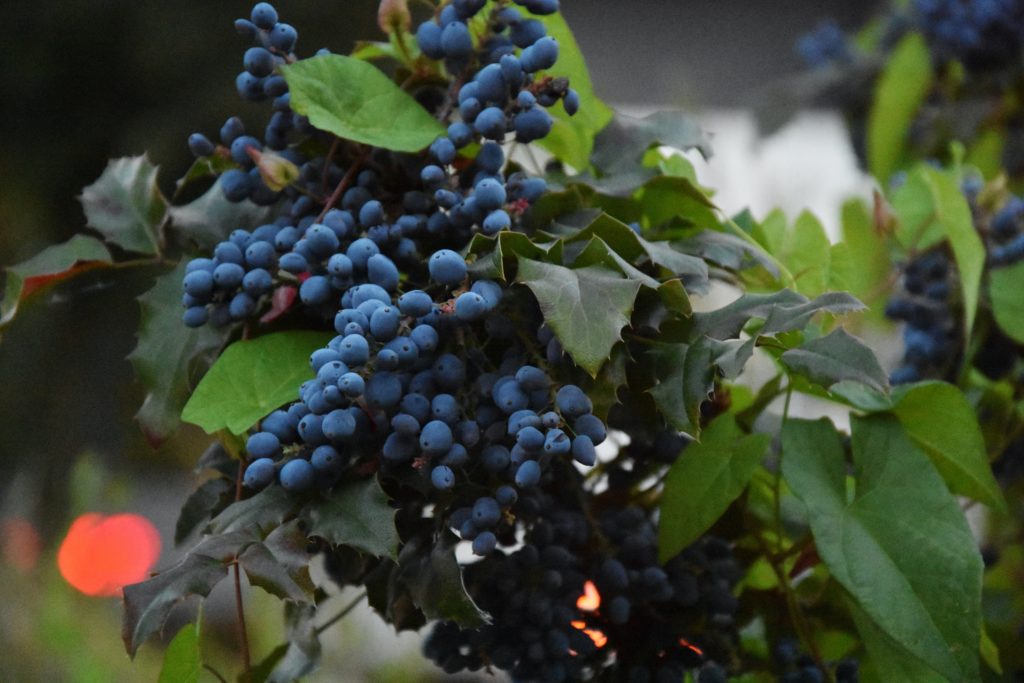
Vermouth
An aromatic fortified wine often using botanicals.
Vertical Tasting
A wine tasting featuring wines from the same producer, often across different vintages.
Vintage
The year that a grape was harvested in.
W
Weight
Similar in concept to “body”.
Wine Cave
A below ground area where wine is aged and stored.
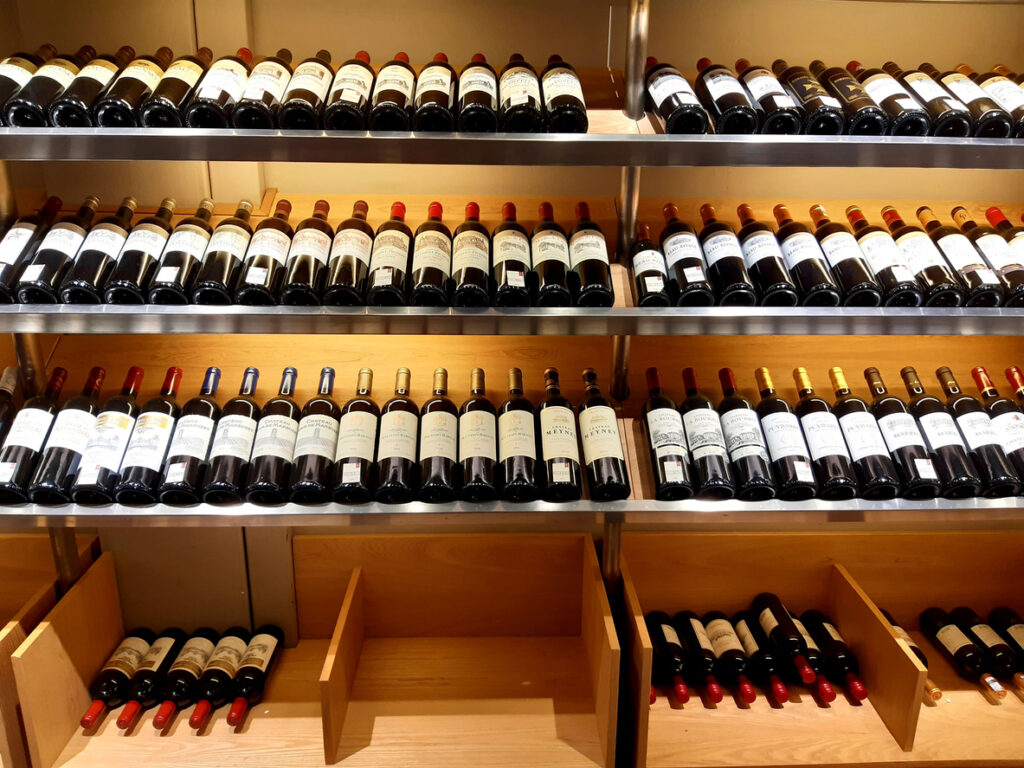
X
Xylem
A grape vine’s woody tissue.
Y
Yeast
The organism that needs to be added to grapes in order to start the process of fermentation.
Z
Zinfandel
A highly popular grape used in California for wine making. Typically produces a red wine of the same name, or a rosé wine called White Zinfandel. In southern italy Zinfandel grapes are used for the production of Primitivo wines.
In Summary
And there you have it! You now know the meaning behind all of the popular terms used by wine connoisseurs around the world.
How many of these terms have you heard of? How many have now been added to your vocabulary?
No matter the answer, you’re sure to be a veritable expert in the world of wines.

